Time flies and it is almost 2020. Everyone is busy with work, home stuff, and New Year preparations. People are staying in the lines to shops. Many stores sell a lot of beautiful and yummy things. Because everyone wants to buy gifts for their friends and family. In one word, Christmas is everywhere.
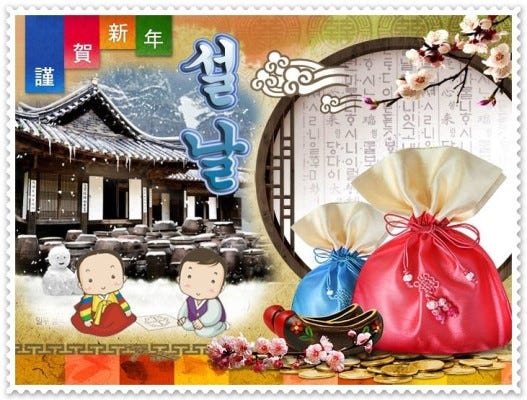
However, in South Korea and in the most part of South-East Asia New Year atmosphere is a little bit different.
December 25th and Lunar New Year are significant holidays in South Korea, but not December 31st. Lunar New Year changes from year to year according to the Lunar Calendar. Usually, it is mid of January or February.
This year New Year in Korea will come on January 25. And Korea will rest for 4 days! Maybe you will think it is super short, especially if we compare winter holidays in Russia. But for Koreans having at least 1 extra vacation day means a lot.
Korean New Year or Lunar New Year is called Seollal (설날). Many shops and public places are usually closed during the holidays.
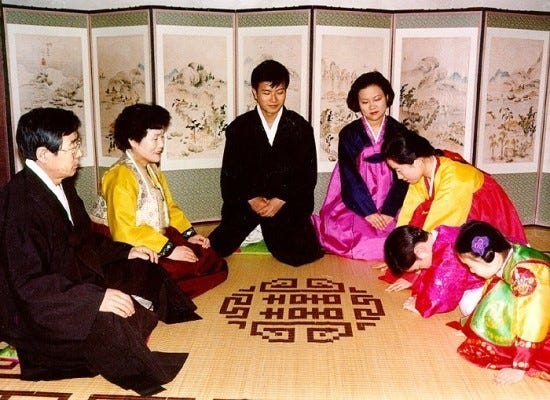
Traditionally, for New Year Koreans wear their traditional clothe Han-bok (한복), but New Year han-bok is called Seol-bim (설빔). Furthermore, there is a tradition in South Korea that every year seol-bim should be new. But original traditional Korean clothing is not so cheap, so it is not easy to buy a new seol-bim every year.
I do remember, how my Korean friends were waiting for Seollal to get a Sae-bae-teon.
Seollal is not just gathering with a family, it is also a day when Koreans make a memorial service for ancestors, who already left this world. On Seollal day, Koreans wake up early, wear traditional clothes, serve the traditional table, and then make a traditional service to ancestors. This tradition is called cha-rye (차례). If we look at the meaning of this word, the cha-rye should be done with a cup of tea. But in the XVI century, Korea received a big influence from Confucianism, and instead of tea people started to use water. People say that tea is used by Buddhists.
By the way, Koreans drink more water or coffee than tea, even in daily life.
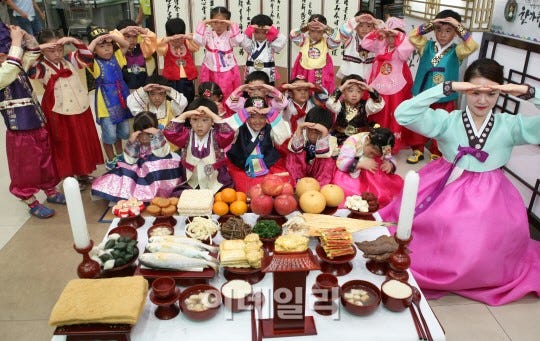
So, there are two traditions: cha-rye and sae-bae. And there is a significant difference between them: one is doing to alive relatives, and another to die one.
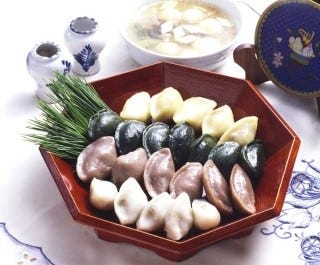
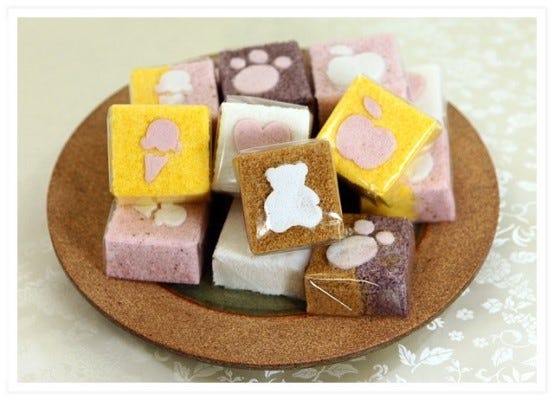
Also, Koreans cook a special soup — ttok-kug (떡국), the main component of which is ttok. But in soup ttok is different, it doesn’t have any filling, it has a flat shape. And Koreans believe that if you eat ttok-guk on Seollal you will eat 1 year in your age.
There is a tradition in Korea to eat a ttok on exam day. Because ttok is sticky, if you eat it, you will definitely pass the exam ( or stick to a good score).

On Seollal and on many other holidays Koreans give a gift certificate, which can be used in different specialty shops. These certificates are equivalent to cash.
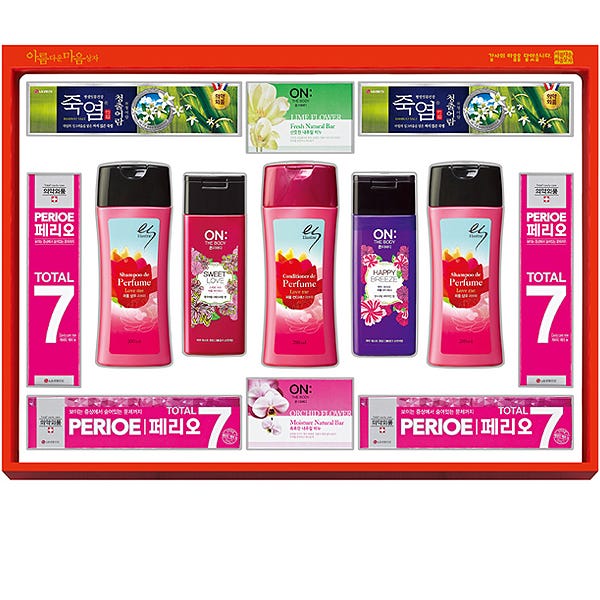 Or, you can buy some products or food like a set of apples, or a set of meat, olive oil, etc. It could be a set of cosmetics or bath stuff.
Or, you can buy some products or food like a set of apples, or a set of meat, olive oil, etc. It could be a set of cosmetics or bath stuff.

Enjoy your winter holidays!
HAPPY NEW YEAR!

However, in South Korea and in the most part of South-East Asia New Year atmosphere is a little bit different.
December 25th and Lunar New Year are significant holidays in South Korea, but not December 31st. Lunar New Year changes from year to year according to the Lunar Calendar. Usually, it is mid of January or February.
This year New Year in Korea will come on January 25. And Korea will rest for 4 days! Maybe you will think it is super short, especially if we compare winter holidays in Russia. But for Koreans having at least 1 extra vacation day means a lot.
Korean New Year or Lunar New Year is called Seollal (설날). Many shops and public places are usually closed during the holidays.

Seollal traditions
Seollal is a family holiday, so Koreans usually spend it with family. Korean, who honor the old traditions, visit their parents, grandparents, and bow to them. Seollal bow is called sae-bae (세배), and it is a way to show respect to your parents. In return, parents give to children sae-bae-teon (세뱃돈), i.e. money. Also, parents wish to children a good ear, success, etc.Traditionally, for New Year Koreans wear their traditional clothe Han-bok (한복), but New Year han-bok is called Seol-bim (설빔). Furthermore, there is a tradition in South Korea that every year seol-bim should be new. But original traditional Korean clothing is not so cheap, so it is not easy to buy a new seol-bim every year.
I do remember, how my Korean friends were waiting for Seollal to get a Sae-bae-teon.
Seollal is not just gathering with a family, it is also a day when Koreans make a memorial service for ancestors, who already left this world. On Seollal day, Koreans wake up early, wear traditional clothes, serve the traditional table, and then make a traditional service to ancestors. This tradition is called cha-rye (차례). If we look at the meaning of this word, the cha-rye should be done with a cup of tea. But in the XVI century, Korea received a big influence from Confucianism, and instead of tea people started to use water. People say that tea is used by Buddhists.
By the way, Koreans drink more water or coffee than tea, even in daily life.

So, there are two traditions: cha-rye and sae-bae. And there is a significant difference between them: one is doing to alive relatives, and another to die one.
Seollal Food
There is one more significant moment in Seollal traditions: traditional food. And it is ttok (떡) — a rice cake.

Also, Koreans cook a special soup — ttok-kug (떡국), the main component of which is ttok. But in soup ttok is different, it doesn’t have any filling, it has a flat shape. And Koreans believe that if you eat ttok-guk on Seollal you will eat 1 year in your age.
There is a tradition in Korea to eat a ttok on exam day. Because ttok is sticky, if you eat it, you will definitely pass the exam ( or stick to a good score).
Seollal traditional game: Yut or Yun-no-ri
Yut is a board game. The rules are easy. And you don’t need to know Korean, in order to play Yut. There are 4 sticks or yut-s and a game board. You have to throw these sticks. These sticks are like dices, so you calculate how many steps you need to do. And the winner is the one who reached the finish cell first.Seollal gifts

On Seollal and on many other holidays Koreans give a gift certificate, which can be used in different specialty shops. These certificates are equivalent to cash.


Enjoy your winter holidays!
HAPPY NEW YEAR!
Comments
Post a Comment